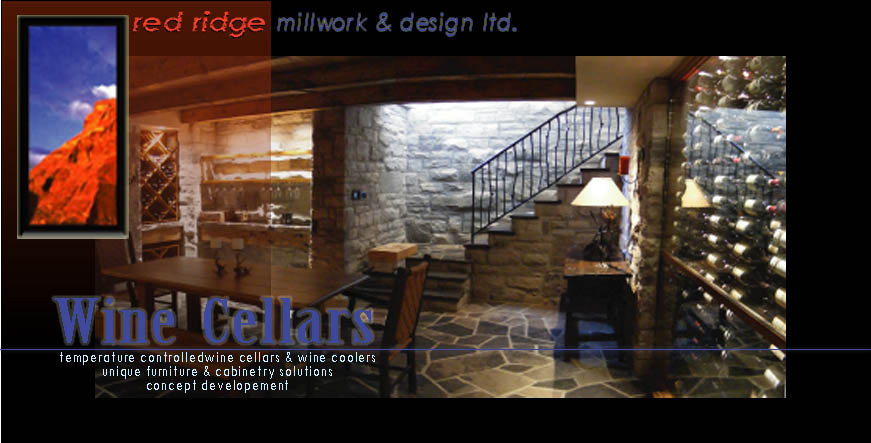Hello and Welcome,
I hope to give some helpful guidance for those who are thinking about putting in a wine cellar at home in particular. Besides the opportunity to increase their real estate value as well as have their favorite vintages conveniently at hand, creating a space devoted to wine storage is also a personally fulfilling endeavor that some feel brings a similar satisfaction to collecting fine art, evoking a real sense of pride in ownership.
So, where do you start? Well lets keep in mind that there are several factors that need consideration to avoid wasting time and money. Lets take a look at them now:
1. How many bottles will I be storing? - Whether you are going to build a cellar to store the wine you already own or are now going to begin collecting you must get an idea of what capacity you will need ideally. Factor in for growth and unexpected special purchases. For example if you expect to get started with a cellar quantity of 200-300 bottles over the next 2 years, a modest beginning, your cellar should be able to handle 25-30% more capacity. Why? This will give you space to purchase special finds as well as try out investment collecting on a small scale if you feel like it. The cost to put in an additional 50-100 bottles over what you know you’ll need is minor and the benefits are clear. Where possible give some thought to future expansion that won’t mean re-doing the existing space unnecessarily. We’ll discuss this more later.
2. What kind of racking should I use? – This is a decision best balanced between practical storage needs and looks. Fortunately it always looks good to mix racking styles and this usually provides the most flexible storage solutions at the same time. Your choices in racking are commonly as follows: individual bottle, full case bins, diamond bin racking, horizontal display, vertical display, angled display, specialized sized racking ( for 1.5 ltr. Magnum bottles, Champagne, 375 ml bottles like Ice Wines and late harvest wines, Burgundy racking, Bordeaux racking etc. ), inside or outside corner racking. See examples . There are limitless options for arranging and grouping these styles together. I suggest allowing the space/room size and the functionality thereof to be your determining factors. Access and visibility are also important factors. Simple rules of thumb can be used to make the best decisions though so don’t worry about future regrets. Together we can make sure ahead of time that its right.
3. Will I need to cool the space? – A couple other questions must be answered first: How long will I be keeping bottles before drinking or selling them? How variable is the temperature in the space I will be using? If you are constantly rotating by consuming your collection and the room stays at a fairly constant and comfortable temperature, as most modern houses do thanks to central air systems for heating and cooling, you may not need to invest in a cooling unit as your collection will be in a fairly controlled environment by default.
Cooling your cellar becomes more important when the space/room is prone to higher than 60-70% humidity and fluctuation in temperatures greater than 1-2 degrees daily. Traditionally cooling units maintain temperatures in a cellar in the low 50’s range for best long-term conditions. Labels will form mold and corks will dry out and shrink when highs and lows occur, both of which can adversely affect your collection. Some wines are recommended to be aged for 1-5 years before reaching their peak therefore calling for a reasonably controlled storage environment during that time. You know what you will be collecting and ideal consumption dates so weigh the factors carefully.
4. How will the space function? – For many this will not be a factor as a pleasing storage is all that is desired. For some who have more space to devote to a wine cellar more options can be considered such as creating an inviting place with lighting and design features that say “This is a special place”. If space allows a small tasting/decanting area with a countertop is relatively easy to include in any design. Adding a table and chairs/stools makes entertaining in your cellar an option.
In many of the installations I’ve done careful attention has been given to what the room looks like from the entrance as it has often been adjacent to and visible from an active living space. This is particularly when you’ll want to think about lighting, color of racking and walls, entry door style and so forth as these will dramatically impact the “feel”. Having made the effort to create a beautiful space, you will be rewarded with the many compliments of those who see it as well as your own inner contentment each time you open that door.
Next post will discuss the advantages of the different styles of racking as well 3 easy ways to make your cellar look “wow” without breaking the bank.
All the best,
Greg
